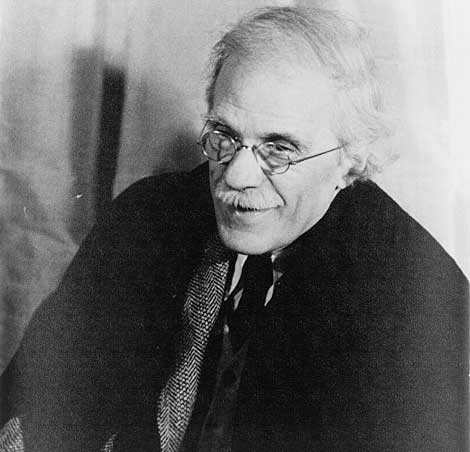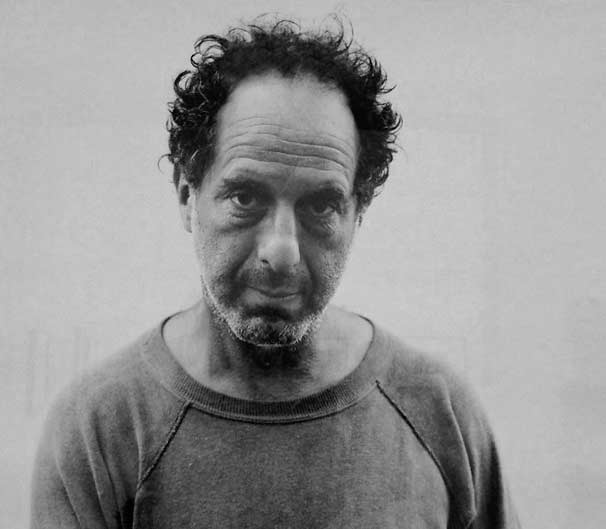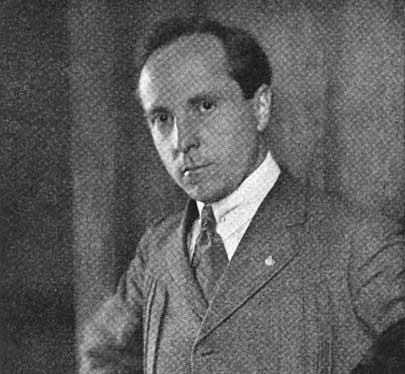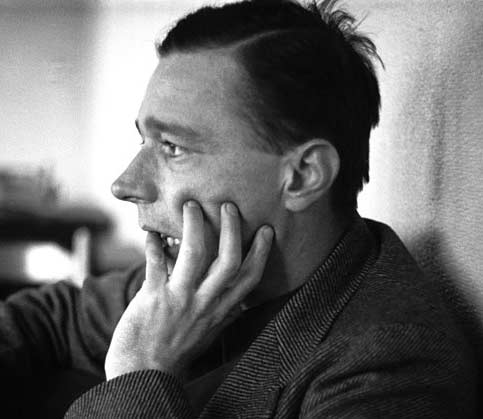| Name | Alfred Stieglitz |
| Born | January 1, 1864, Hoboken, New Jersey, U.S. |
| Died | July 13, 1946 (aged 82), New York City, U.S. |
| Known For | Photography and modern art promotion |
| Spouses | Emmeline Obermayer (m. 1893; div. 1924), Georgia O’Keeffe (m. 1924) |
| Significant Achievement | Instrumental in making photography an accepted art form |
| Art Galleries | Ran New York art galleries introducing avant-garde European artists to the U.S. |
| Marriage to Georgia O’Keeffe | Married the famous painter in 1924 |
| Parents | Edward Stieglitz and Hedwig Ann Werner |
| Siblings | Flora, Julius (twin), Leopold (twin), Agnes, Selma |
| Early Education | Attended Charlier Institute and public school in New York |
| Move to Europe | Family moved to Europe in 1881 for better education |
| High School | Real Gymnasium in Karlsruhe |
| Higher Education | Studied mechanical engineering at Technische Hochschule in Berlin |
| Influential Teacher | Hermann Wilhelm Vogel, a chemist specializing in photography |
| Early Interest | Began exploring photography during his studies in Berlin |
| Annual Allowance | $1,200 (equivalent to $37,887 in 2023) |
| Legacy | Known for advancing the acceptance and appreciation of photography as an art form and supporting modern art in America |






